Discovering Thai Raw Cane Sugar: A Sweet Tradition
In the realm of sweeteners, Thai raw cane sugar stands out as a product with deep-rooted traditions and a distinctive flavor profile. Known for its rich taste and natural sweetness, Thai raw cane sugar, also referred to as “jaggery” or “palm sugar” in some regions, has been an integral part of Thai cuisine and culture for centuries. This article explores the origins, production methods, uses, and health benefits of Thai raw cane sugar, offering a comprehensive overview of why this sweetener is cherished both in Thailand and around the world.
Origins and Historical Significance
Thai raw cane sugar has its origins in the lush, tropical regions of Thailand, where sugarcane has been cultivated for thousands of years. The history of sugarcane cultivation in Thailand dates back to ancient times, with evidence suggesting that the practice was well established by the 13th century. Traditionally, Thai farmers have used methods passed down through generations to produce this sweetener, embedding it deeply into Thai culture and cuisine.
Production Methods
The production of Thai raw cane sugar involves several meticulous steps, each contributing to the final product’s unique flavor and texture. Here’s a brief overview of the process:
- Harvesting: Sugarcane is harvested when its sugar content is at its peak, typically during the cooler months. Farmers carefully cut the mature cane, ensuring minimal damage to the stalks.
- Juicing: The harvested cane is crushed to extract the juice, which is then filtered to remove impurities. This juice is the primary source of sweetness in raw cane sugar.
- Boiling: The filtered juice is boiled in large, open pans over a wood fire. This process reduces the juice to a thick, syrupy consistency. It requires careful attention, as overheating can lead to caramelization or burning.
- Crystallization: Once the syrup has reached the right consistency, it is poured into molds and allowed to cool. As it cools, the syrup crystallizes, forming the characteristic blocks or granules of raw cane sugar.
- Packaging: The crystallized sugar is then broken into smaller pieces or granules and packaged for distribution. It is often sold in blocks or grated form, depending on its intended use.
Flavor and Appearance
Thai raw cane sugar is known for its rich, caramel-like flavor with subtle hints of molasses. Its color can range from light amber to dark brown, depending on the processing method and the amount of molasses retained. The texture is often coarse and grainy, although it can also be found in a more powdery form.
Unlike refined white sugar, which has a neutral taste, Thai raw cane sugar retains the natural flavors of the sugarcane, adding depth to various dishes. Its complex flavor profile makes it a versatile ingredient in both sweet and savory recipes.
Culinary Uses
Thai raw cane sugar is a staple in Thai cuisine, used in a wide array of dishes. Here are some common culinary applications:
- Desserts: It is frequently used in traditional Thai desserts such as sticky rice with mango, coconut custards, and various sweet soups. Its rich flavor enhances the sweetness of these dishes while adding a hint of complexity.
- Beverages: Thai raw cane sugar is used to sweeten drinks like Thai iced tea and coffee, providing a distinctive taste that complements the beverages’ bold flavors.
- Savory Dishes: In savory dishes, Thai raw cane sugar balances flavors and adds a subtle sweetness to curries, stir-fries, and marinades. It can also be used to enhance the flavor of sauces and dressings.
- Confectionery: The sugar is often used in making candies and sweets, including traditional Thai treats like coconut milk candies and caramelized nuts.
Health Benefits
While Thai raw cane sugar is still a form of sugar and should be consumed in moderation, it does offer some potential health benefits over refined white sugar:
- Mineral Content: Thai raw cane sugar retains trace amounts of minerals such as calcium, iron, magnesium, and potassium, which are removed during the refining process of white sugar.
- Lower Glycemic Index: Compared to white sugar, Thai raw cane sugar has a lower glycemic index, meaning it may cause a slower rise in blood glucose levels. This can be beneficial for individuals managing their blood sugar levels.
- Antioxidants: The presence of molasses in Thai raw cane sugar provides antioxidants, which can help combat oxidative stress and inflammation in the body.
Sustainability and Ethical Considerations
The production of Thai raw cane sugar is often associated with traditional farming practices that are more environmentally friendly than industrial methods. Many small-scale farmers in Thailand use sustainable practices, such as organic farming and minimal use of chemical fertilizers and pesticides.
However, it is important for consumers to be aware of the ethical implications of sugar production. Supporting fair trade initiatives and sourcing products from reputable producers can help ensure that the sugar is produced under fair labor conditions and with respect for the environment.
Conclusion
Thai raw cane sugar is more than just a sweetener; it is a cultural artifact with a rich history and a unique place in Thai cuisine. Its production process, flavor profile, and culinary versatility make it a cherished ingredient in both traditional and modern dishes. Whether you are exploring Thai recipes or looking for a natural alternative to refined sugars, Thai raw cane sugar offers a delicious and potentially healthier option to enhance your culinary creations.


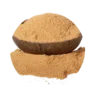
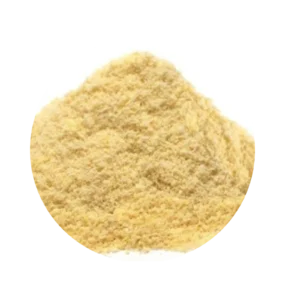
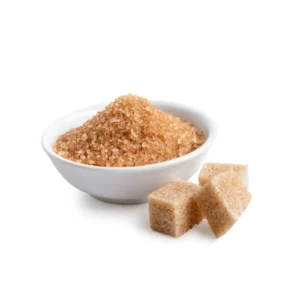
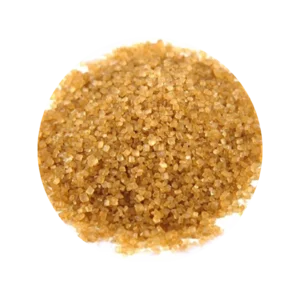
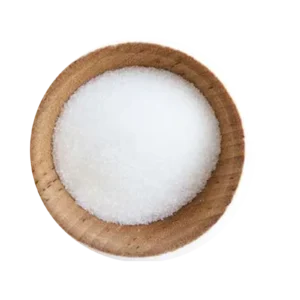
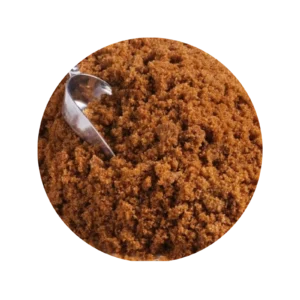
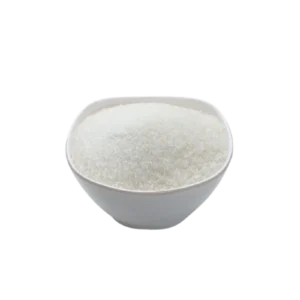
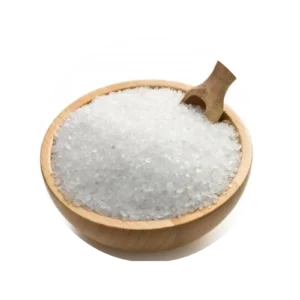
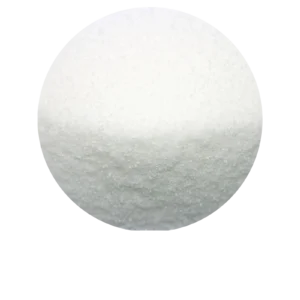
Reviews
There are no reviews yet.